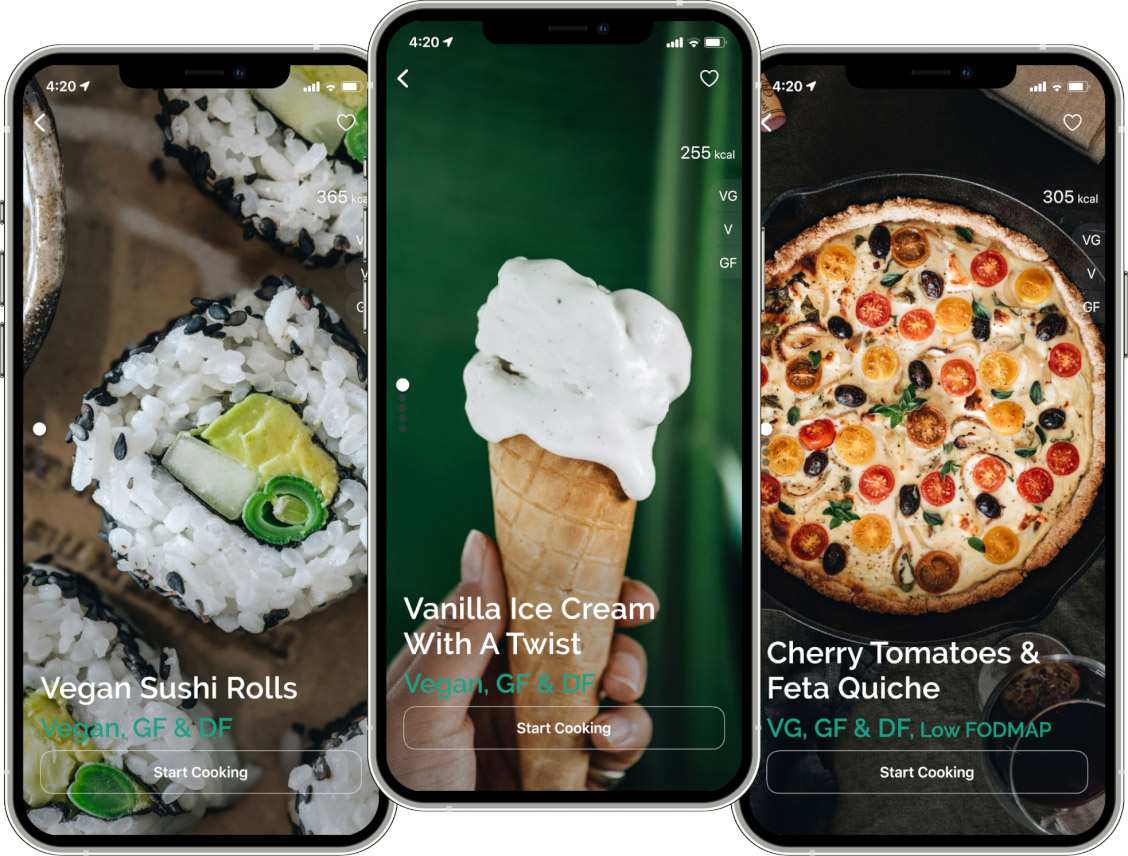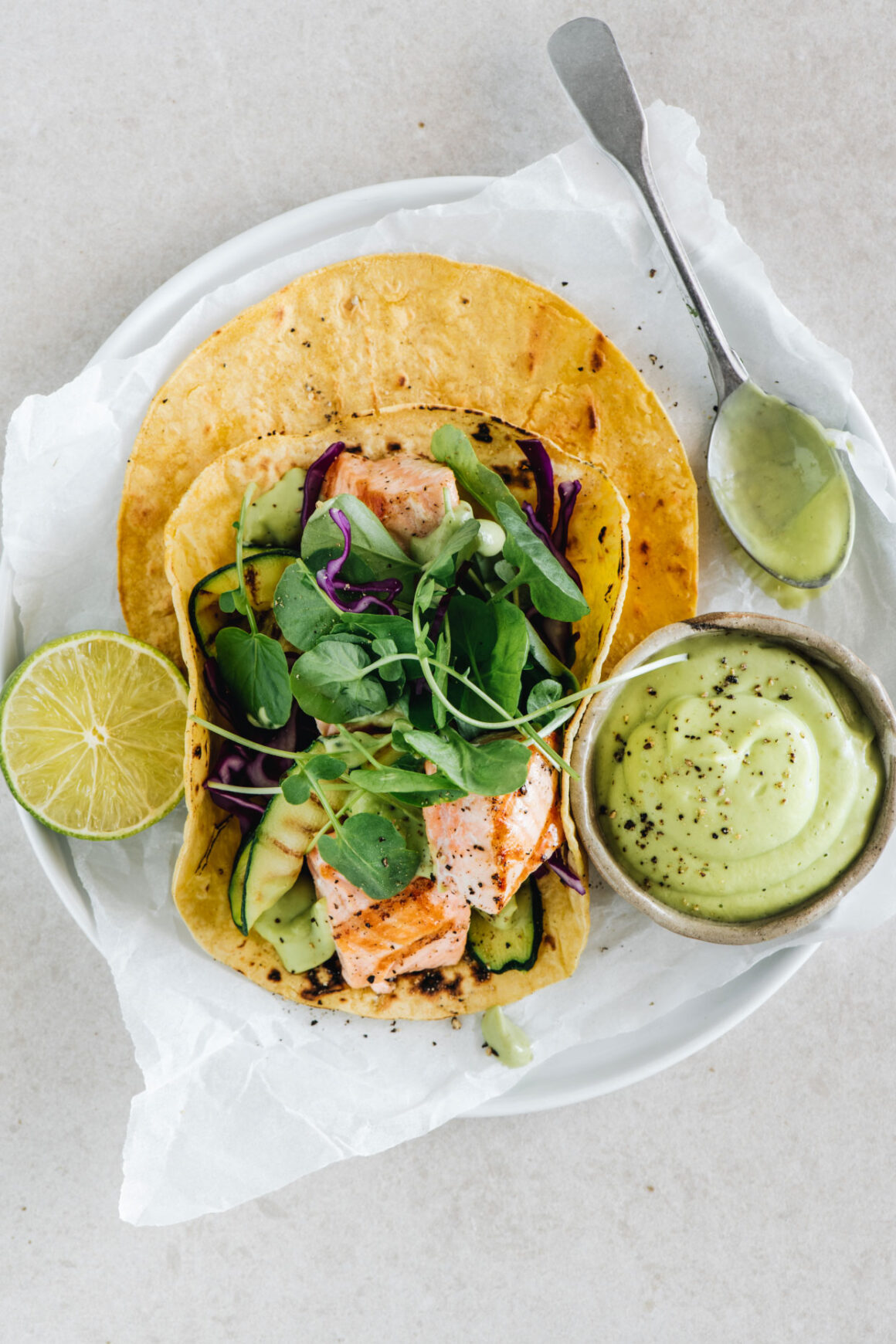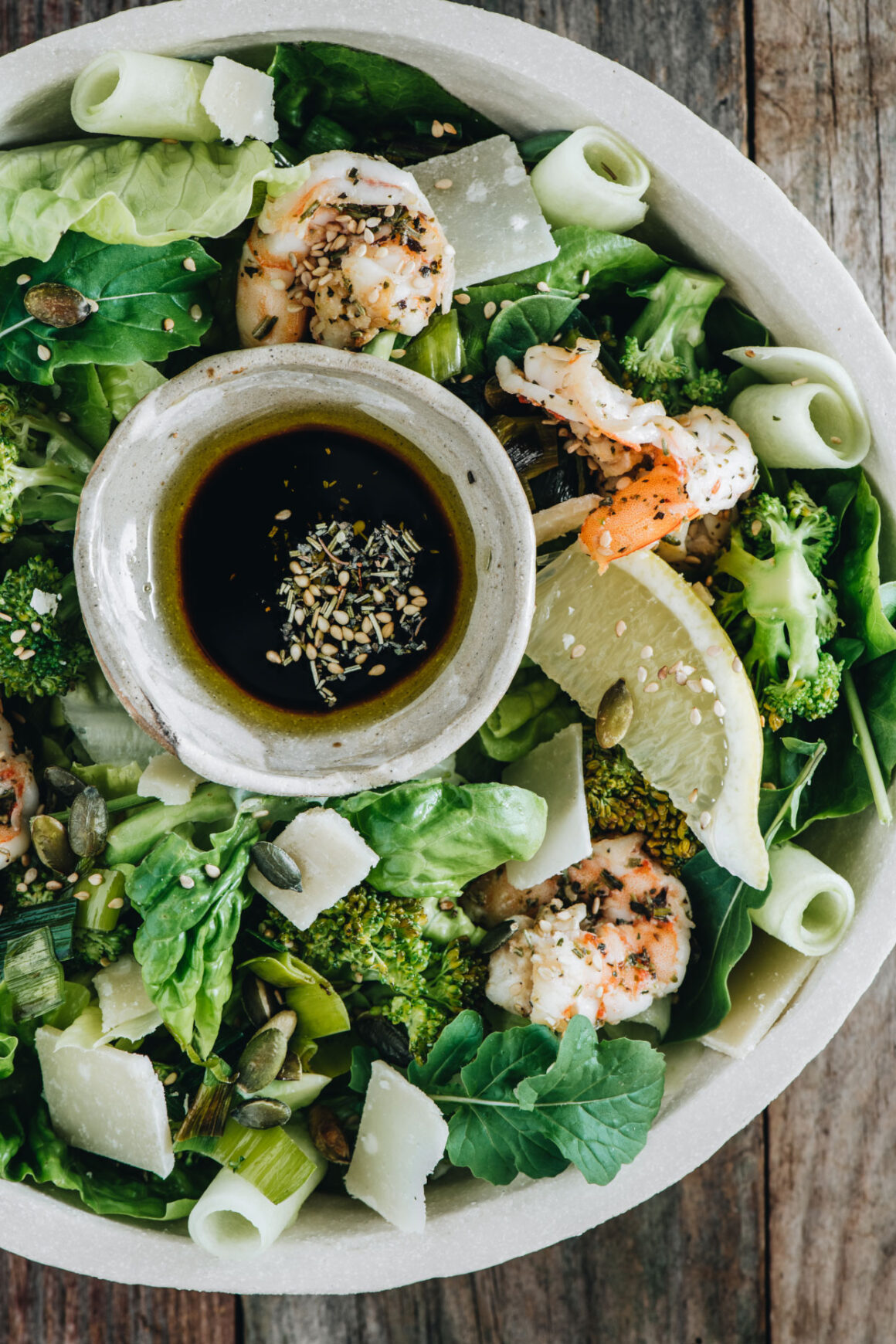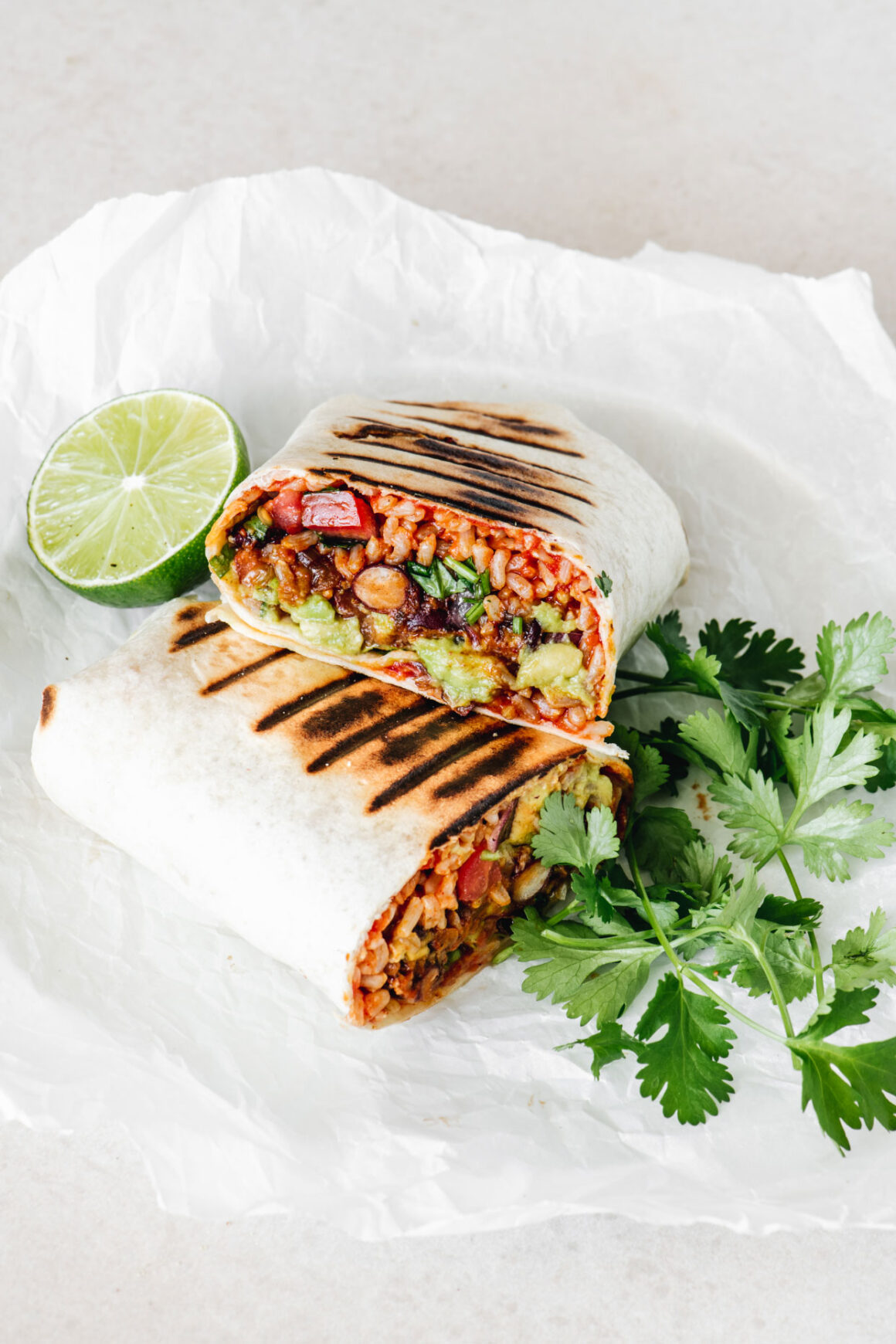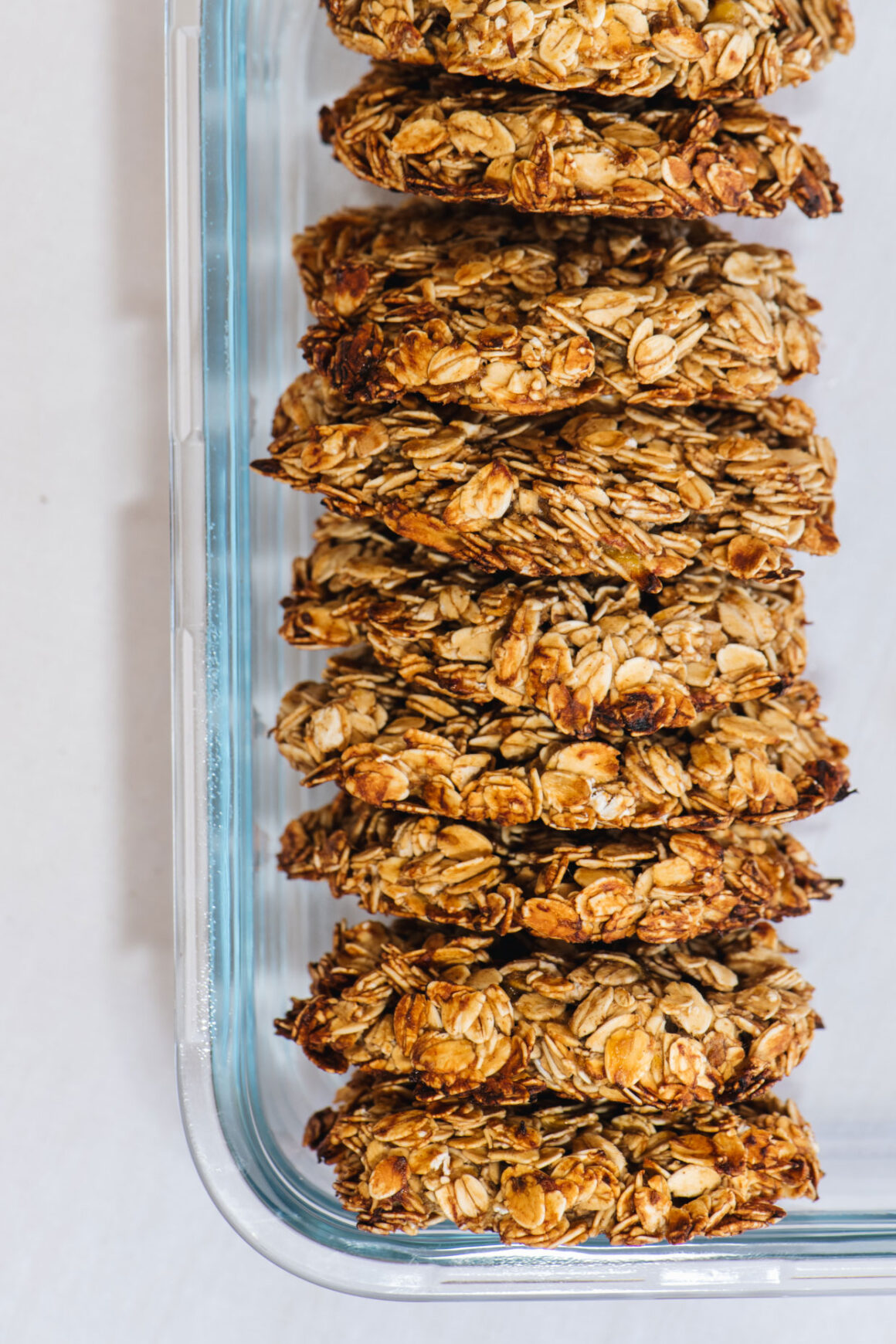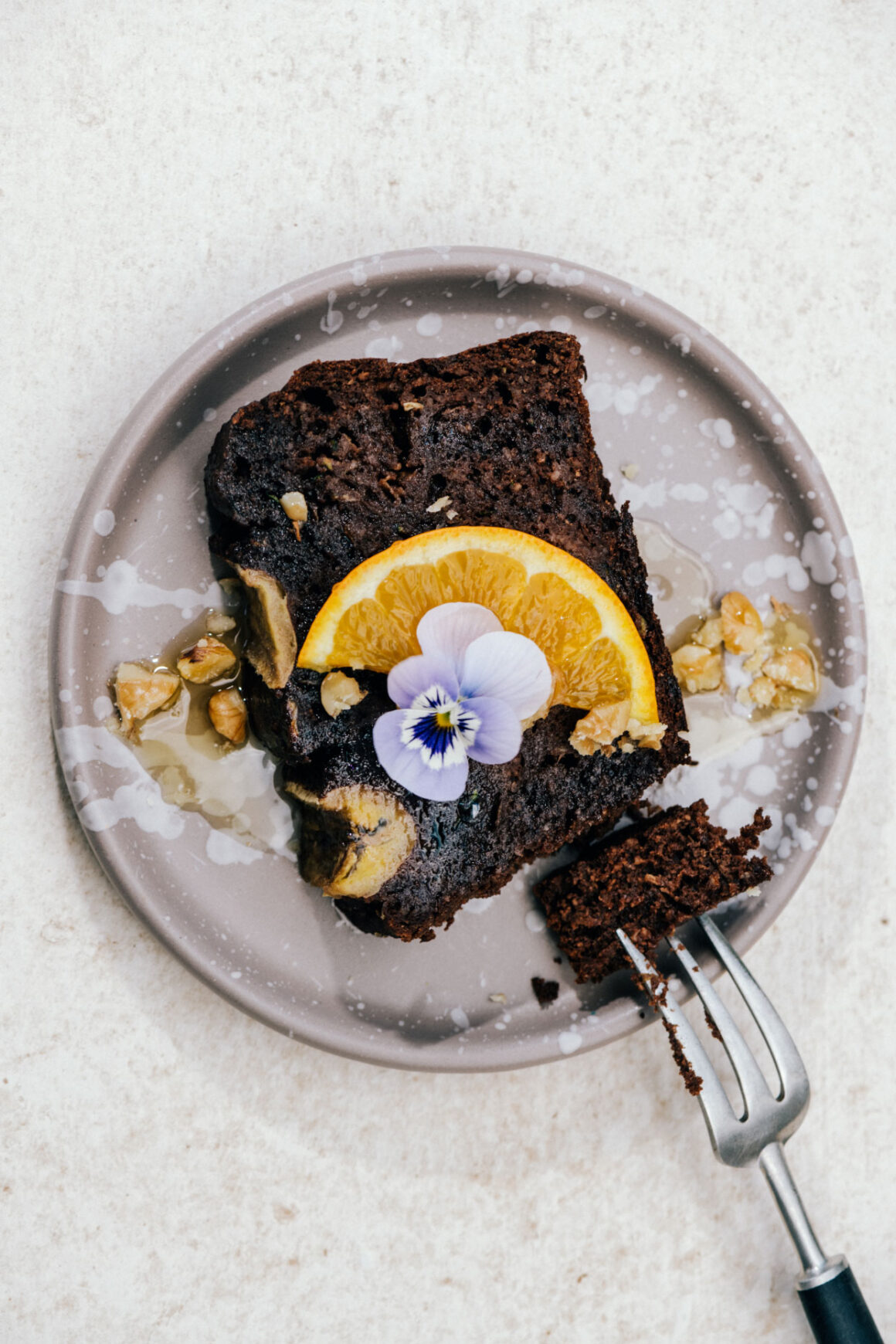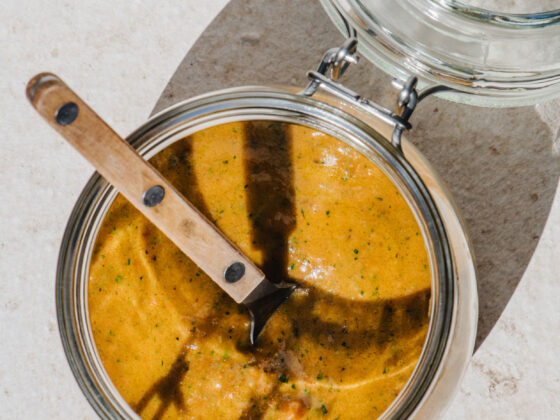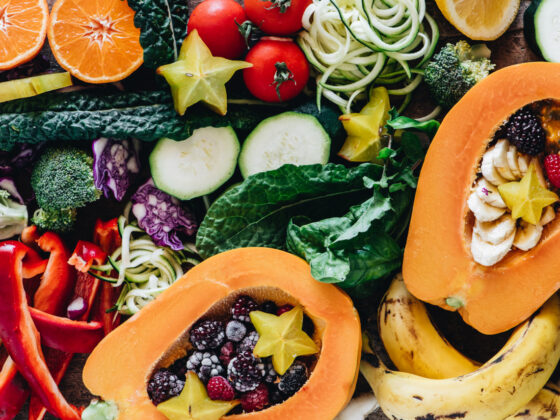We’ve collaborated with professional nutritionist, Rayane Chehab, to continue our “Best Diet Series” with one of the most interesting diets out there — The Blue Zone Diet!
Want to know more about nutrition & wellbeing? Check out the Greeny App. We have tons of tips, recipes & useful tools for healthy living & longevity.
In some places in the world, people live remarkably long, with very few health ailments. Are there easy-to-adapt “secrets” behind such longevity?
Let’s explore the so-called “Blue Zone” diet, and let’s see why some attribute long-living to this interesting approach to eating.
In this article, we’ll discover:
- What the Blue Zones are
- What the Blue Zone diet is
- The benefits of eating as people do in the Blue Zones
- 15 non-food related ”secrets” from the people of the Blue Zones
- A List of the “best foods” in the Blue Zones
- A sample diet “Blue Zone” menu
In the year 2000, in partnership with National Geographic and the National Institute on Aging, Dan Buettner took a major step in his quest to define specific aspects of lifestyle and environment, which could altogether possibly contribute to humans living longer. The team managed to identify five (5) geographic areas with the highest percentage of centenarians (people who are 100 years or older).
Known as the Blue Zones, these five geographic areas are places on earth with the lowest rates of heart disease, diabetes and cancer. The Blue Zones were then studied to determine societal habits and practices – those habits and practices that could reasonably explain how/why people there tend to live comparably long, more healthy lives.
What are the 5 Blue Zones?
1. Sardinia, Italy
Sardinia is the second-largest island in the Mediterranean Sea, and home to some of the world’s oldest men. It is inhabited mainly by shepherds, who walk in the surrounding mountains for at least five (5) miles per day. They follow a plant-based diet, and enjoy meat only on special occasions and some Sundays.
2. Okinawa, Japan
Okinawa is located on a chain of islands in Japan. It is known as the place where you can find the oldest women in the world. Regarding their approach to eating, the people of Okinawa are known for their “80% full” rule, which we’ll review in detail later.
3. Loma Linda, California
It’s certainly striking that one of the areas classified as a Blue Zone is located in the United States. The stereotypical US diet is not thought to be very healthy; but as it turns out, residents of this city in San Bernardino currently own one of the highest longevity rates in the world.
4. Nicoya, Costa Rica
The Nicoya peninsula is a small place recognized for its community of elders who exhibit a positive outlook on life and a healthy mindset. Their diet is largely based on the abundant consumption of tropical fruits full of antioxidants. Additionally, the water in this region is rich in calcium and magnesium, minerals that promote bone strength and that help to prevent heart diseases.
5. Ikaria, Greece
This is a small island known for its Mediterranean diet, in which the consumption of olive oil, fruits, vegetables, whole grains, and beans is abundant. This community is known for having half the heart disease rate and 20% less cancer than Americans.
The Benefits of eating as people do in the Blue Zones
- Collectively, inhabitants of the Blue Zones have a much higher than average longevity rate, and a better quality of life.
- Blue Zone diets prevent and fight all forms of chronic ailments, including cardiovascular diseases, cancer, Type 2 diabetes, and obesity. Typical daily Blue Zone diets are based on the consumption of local, fresh, and seasonal products, and on an avoidance of processed products and fast food.
- Blue Zone diets also promote healthy habits, reducing levels of stress and pressure. They involve drinking plenty of natural water, engaging in daily physical activity in the open air, sleeping well, and spending a lot of time with their loved ones.
- Enjoying a glass of wine a day is a major aspect. This is done usually as part of the main meals and is customary as a part of spending good times with the family.
15 Non-food related Secrets from the people of the Blue Zones
Although food is the foundation of a healthy life, it is not the only part. You can be following the most nutritious diet, but if you are stressed, not socializing, or continuously surrounded by negative vibes, your body and health will suffer. Here’s a list of non-food related advice for good health from Blue Zoners:
# 1 Move Naturally
Social media makes us think that the healthiest people are doing CrossFit, HIIT, or Piloxing. However, the healthiest and oldest people out there have not even heard of any of this. All types of exercises are good for your health, but people prefer natural and daily movement in the Blue Zones. With that being said, biking, walking, jogging, and taking the stairs are all exercises that promote fat loss — no need to go “balls to the wall” to reap awesome health benefits.
Tips for incorporating natural movement into your life:
- Take the stairs instead of the escalator/elevator.
- Park further away from the entrance.
- Have walking meetings.
- Take a walk after lunch and/or dinner.
- Stretch while watching TV.
- Use a fitness tracker to help set and maintain step and distance goals.
# 2 Find Purpose in Life
People in the Blue Zones believe that finding life’s purpose adds about 7 years to your life. Okinawa residents call this sense of purpose ikigai: a passion that gets you out of bed in the morning; your special, personal “thing” that’s worth living for.
#3 De-stress
Studies have shown that stress contributes to weight gain, diabetes, autoimmune and cardiovascular diseases. The Blue Zones study suggests that people with the highest longevity are the ones who are the best at practicing stress management. While everyone manages stress differently, this must be a daily, non-negotiable activity.
In Okinawa, a few minutes are taken, each day, to remember the ancestors; the Adventists pray, while the Ikarians take a nap.
Tips for incorporating de-stressing activities:
- Take daily walks
- Practice meditation and/or guided mindfulness
- Write in a journal
- Spend time reading
- Practice breathing exercises
- Do yoga
#4 The 80% Rule
How many times have you eaten, not bothering to stop until uncomfortably full?
In Okinawa, they say a 2,500-year-old Confucian mantra before eating their meals. They call it the Hara hachi bu. This mantra reminds them to eat until they are 80% full.
Tips for incorporating the 80% rule:
- Eat slowly. It takes time for your brain to tell the stomach that you are full.
- Store the leftovers before you start eating.
- Avoid distractions like TV or cell phones during meal times.
- Stop when you are half-way through with your plate. Consider setting a timer at first until you are used to understanding the cues.
#5 Wine at 5:00
People in the Blue Zones drink alcohol moderately and regularly. They drink 1-2 glasses a day with friends and/or with food. Of course, opinions about the benefits of alcohol are divided; however, in his book [The Blue Zones Diet], Dan Buettner points out that wine has been found to help your system absorb plant-based antioxidants. According to Buettner, wine perfects Blue Zone diets. And no, there’s no benefit to saving up all week and then having 14 drinks on Saturday.
The benefits of drinking a glass or two a day may come from resveratrol — an antioxidant found specifically in red wine. Notably, whilst a little alcohol at the end of the day may also reduce stress — which is good for your entire health — more than two (2) glasses per day for women or three (3) glasses per day for men, is said to have negative consequences on your health. So as with everything, moderation is key.
#6 Fill up on Vegetables
The most prominent thing that the residents of Blue Zones have in common is that they eat a lot of vegetables. Vegetables are low in calories, rich in vitamins and fiber, and full of antioxidants; and in the Blue Zones, people consume at least two (2) portions of vegetables per meal. In Sardinia and Ikaria, for example, people often have their own vegetable garden. Not only are homegrown vegetables tastier, but gardening also keeps you active.
#7 Make your own food
Residents of Blue Zones would always prepare their own food; and by that, we really mean from scratch. In Sardinia, for example, people often make cheese, bread, and olive oil. While in Nicoya, tortillas are made from corn. Again, it is tastier and healthier because you would not add unnecessary ingredients.
#8 Say yes to Beans and Tofu
In the Nicoya Peninsula, they eat beans with tortillas every single day. In Okinawa, their protein source is from miso and tofu soup. Beans and tofu are rich in protein and fiber with no cholesterol.
#9 Eat walnuts
The people of Loma Linda ate nuts five times a week, and had 50% less risk of heart diseases. Plus, they lived about two years longer than those who didn’t consume any! It may be because walnuts are rich in monounsaturated fats and soluble fiber, both of which are low in LDL (“bad” cholesterol). They are also a good source of vitamin E, which promotes a healthy heart. Nonetheless, walnuts are high in calories; limit yourself to a handful per day.
#10 Limit the meat
In the Loma Linda area, most of the residents were vegetarians. In other areas like Okinawa, Sardinia, and Costa Rica, meat was reserved for occasions; the typical diet would consist of 95% vegetable and 5% animal products.
Fish is eaten regularly in several regions (about 3 times a week) and that contains good fats.
# 11 Fiber, fiber, fiber
When it comes to whole grains, residents of the Blue Zones often choose oatmeal for breakfast. One of the least processed oatmeal forms, steel-cut oatmeal, is an incredibly filling, high-fiber breakfast option.
Other than their cholesterol-lowering power, oats can provide many other health benefits. For example, recent research has found that oats can prevent weight gain, fight diabetes, and prevent the arteries’ hardening. People in Blue Zone Loma Linda swear by oatmeal for breakfast. Oats and other grains can spike your insulin level though.
According to a study recently published in the European Journal of Clinical Nutrition, another preferred whole grain in Blue Zones for breakfast is barley. Barley has cholesterol-lowering properties similar to those of oats. Additionally, it provides essential amino acids, as well as compounds that can help to stimulate digestion.
A Blue Zone diet consists of about 65% carbohydrates, versus 20% fats and 15% proteins.
#12 Spice it up
From garlic and cumin, to mint and rosemary, residents of the Blue Zones are fans of herbs. Not only are they tasty, herbs are full of health benefits. Blue Zoners often drink herbal tea (chamomile, mint, etc.) instead of coffee.
# 13 Surround yourself with the right tribe
People of the Blue Zones choose social circles that support healthy habits. The Okinawa’s form moais, groups of five friends who remain faithful to each other throughout their lives.
Research shows that social support and positive interpersonal relationships can impact the body’s inflammation and gene expression. Similarly, in terms of impact,smoking and obesity are contagious.
In his book, Dan Buettner shares a checklist to determine if your friends are positively or negatively impacting your health. The message is not that you should drop your old friends, but it is advisable that you spend more time with (new/other) friends who positively influence you.
The checklist consists of questions like:
- Do they smoke?
- Are they overweight, or do they have bad health habits?
- Do they drink more than two glasses of alcohol a day?
- Do they mainly eat vegetables?
- Do they cook at home?
- Do they prefer junk food or whole foods?
- Are they generally positive, or do they have a habit of complaining?
Tips to finding your right tribe:
- Be around people who share your core beliefs.
- Surround yourself with social circles that make you feel positive and lifted.
- Stay away from relations that leave you with negative feelings.
#14 Find a Community
Dan and his research team said that most of the Blue Zone residents belonged to a faith-based community. It is one reason behind being satisfied with less money, experiencing less stress, and having built-in social networks. Think about your interests, talents, values, and vision of the world. Is there a community or organization that matches this?
# 15 Family First
Successful centenarians in the Blue Zones put their families and relatives first. They keep aging parents and grandparents very close. They are loyal to their life partner, and they invest time and love in their children. What about your work-life balance? Do you feel that you spend enough time with your family and relatives?
Immerse yourself in an environment that persistently encourages you to follow the right habits; this is the path to a long, healthy life, just as living in the Blue Zones is for its people.
List of the the Blue Zones’ best foods
- Beans (of any kind)
- Vegetables (spinach, kale, chard, beetroot tops, fennel tops, cabbage)
- Potatoes
- Nuts (all types)
- Extra virgin olive oil
- Oats
- Barley
- Fruits
- Green tea
- Turmeric
A Sample Blue Zone Diet Menu
- Breakfast: Rice or oat milk, coffee or tea of your choice, Greek yogurt and an egg
- Mid-morning snack: A fruit
- Lunch: You can choose between pasta or brown rice or legumes, fish such as mollusks or crustaceans, and vegetables of your choice
- Snack: Raw vegetables
- Dinner: Mixed salad or white meat and fruit
The Bottom Line
People these days often thrive on rushing from one thing to another, but residents of the Blue Zones live much simpler lives. They are more focused and know when to say “no” to avoid unhealthy distractions. Slow down and step out of the fast lane every once in a while.
Which aspect of the Blue Zone diet do you feel you’re most lacking or which aspect is probably affecting your life the most? Determining this would be a great starting point. You don’t have to do all things right away. Instead, work on one habit and build up from there; this is the best way to achieve and maintain long-term change.
